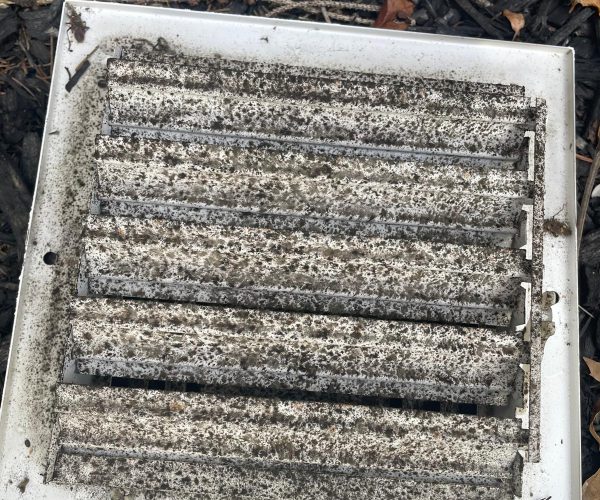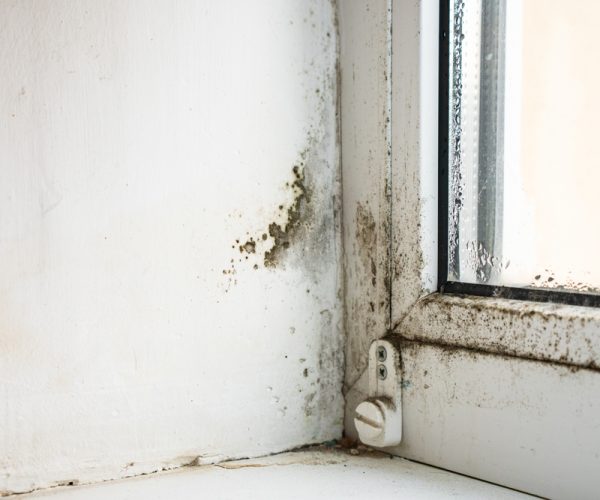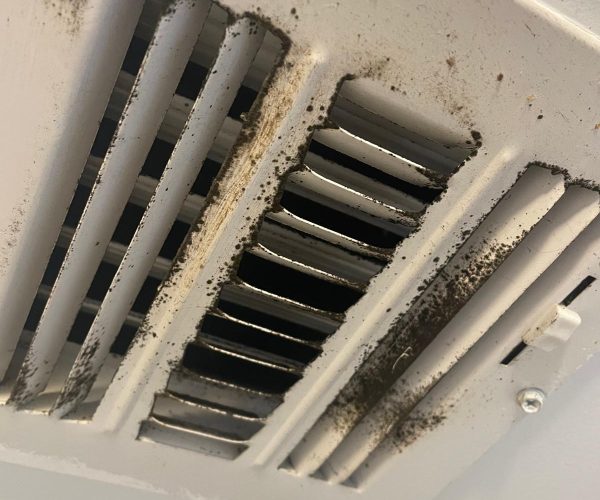How to Check for Mold in the Air in Your Home

Mold—just hearing the word can cause unease. It’s more than just an unsightly black or green stain on your walls or ceilings; mold is a serious threat to indoor air quality and can pose health risks if left unchecked. Whether visible or hidden, mold spores can spread quickly through the air and lead to respiratory problems, allergies, and property damage.
To keep your home safe and your air clean, knowing how to check for mold is essential. In this guide, we’ll walk you through how to detect mold, where to look, and what to do if you suspect a problem.
How to Detect Mold in Your Home
Mold thrives in damp, humid areas and spreads through microscopic spores that travel in the air. While some mold growth is visible, others may lurk behind walls, in vents, or under flooring. Here’s how you can check for mold in your house:
1. Look for Visible Signs
Mold can appear in various colors, including black, green, white, or even orange. It often grows in patchy clusters with a fuzzy, velvety, or slimy texture. Some of the most common places to check include:
Bathroom tiles, grout, and shower curtains
Under sinks and behind toilets
Basement walls and crawl spaces
HVAC vents and air ducts
Window sills and frames
Around water-damaged areas (leaky pipes, ceilings, or roofs)
2. Smell for Musty Odors
Even if mold isn’t visible, a persistent musty or earthy smell can be a strong indicator of its presence. If certain rooms or areas have an unusual odor, mold might be growing behind walls, inside insulation, or in air ducts.
3. Pay Attention to Health Symptoms
Mold spores can trigger various health issues, especially for those with allergies, asthma, or weakened immune systems. If you or your family experience any of the following symptoms indoors but feel better when outside, mold could be the culprit:
Sneezing and runny nose
Chronic cough or wheezing
Itchy or watery eyes
Skin irritation or rashes
Sinus congestion and headaches
Fatigue and difficulty breathing
4. Check High-Humidity Areas
Mold thrives in areas with excess moisture. If your home has humidity levels above 50%, it increases the risk of mold growth. Bathrooms, kitchens, laundry rooms, and basements are prime locations. Use a hygrometer to monitor indoor humidity and address any moisture issues immediately.
5. Inspect Your HVAC System
Your heating, ventilation, and air conditioning (HVAC) system can distribute mold throughout your home. Check air ducts, vents, and filters for mold buildup. If your HVAC system has a musty smell or you notice excessive dust and mold spores in the air, it may need professional cleaning.

Where to Check for Hidden Mold
Mold doesn’t always grow in plain sight. Some of the trickiest places to detect mold include:
-
Behind wallpaper or paint that is peeling or bubbling
-
Under carpets and rugs, especially in damp areas
-
Inside walls with past water leaks
-
Behind large furniture that traps moisture
-
In attic insulation or near roof leaks
If you suspect hidden mold, professional testing may be needed to accurately assess the extent of contamination.
How to Test for Mold in the Air
If you want to test the air quality in your home for mold spores, consider these methods:
1. DIY Mold Test Kits
You can purchase mold testing kits from home improvement stores. These kits typically include petri dishes that collect airborne mold spores. After a few days, if mold grows in the dish, you’ll have confirmation of its presence. However, DIY kits don’t always identify mold species or measure the severity of contamination.
2. Professional Air Quality Testing
For a more accurate assessment, professional air testing is recommended. Mold specialists use high-tech air samplers to measure spore levels and identify the type of mold in your home. This service is especially useful for detecting mold that isn’t visible.
How to Remove Mold Safely
If you discover mold in your home, it’s essential to act fast. Here’s what you can do:
Small Mold Patches (Less Than 10 Sq. Ft.)
-
Wear gloves, a mask, and protective eyewear.
-
Scrub hard surfaces with a mixture of white vinegar or hydrogen peroxide and water.
-
Use a HEPA vacuum to remove spores from carpets and upholstery.
-
Keep the area well-ventilated while cleaning.
Larger Mold Infestations
If mold has spread beyond a small area, professional remediation is the safest and most effective option. Attempting to remove large mold colonies on your own can release spores into the air, making the problem worse.
How to Prevent Mold Growth in Your Home
Prevention is the key to avoiding mold-related problems. Follow these steps to keep your home mold-free:







Final Thoughts
Checking for mold in your home is crucial for maintaining clean air and preventing health hazards. By staying vigilant and knowing where to look, you can catch mold issues early and address them before they become a bigger problem. If you notice signs of mold or suspect contamination in your air ducts, don’t wait—call the professionals.
Prime Clean Air is here to help! We specialize in air quality testing, mold detection, and professional air duct cleaning. Contact us at 917-655-6075 to schedule an inspection and ensure your home’s air is fresh and mold-free!
Get in touch today
Want to know more about our services or need expert consultation? Just fill out the form below and one of our experienced team members will get back to you promptly.
